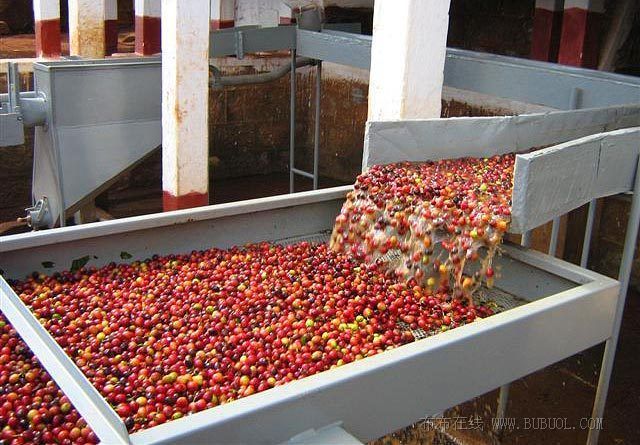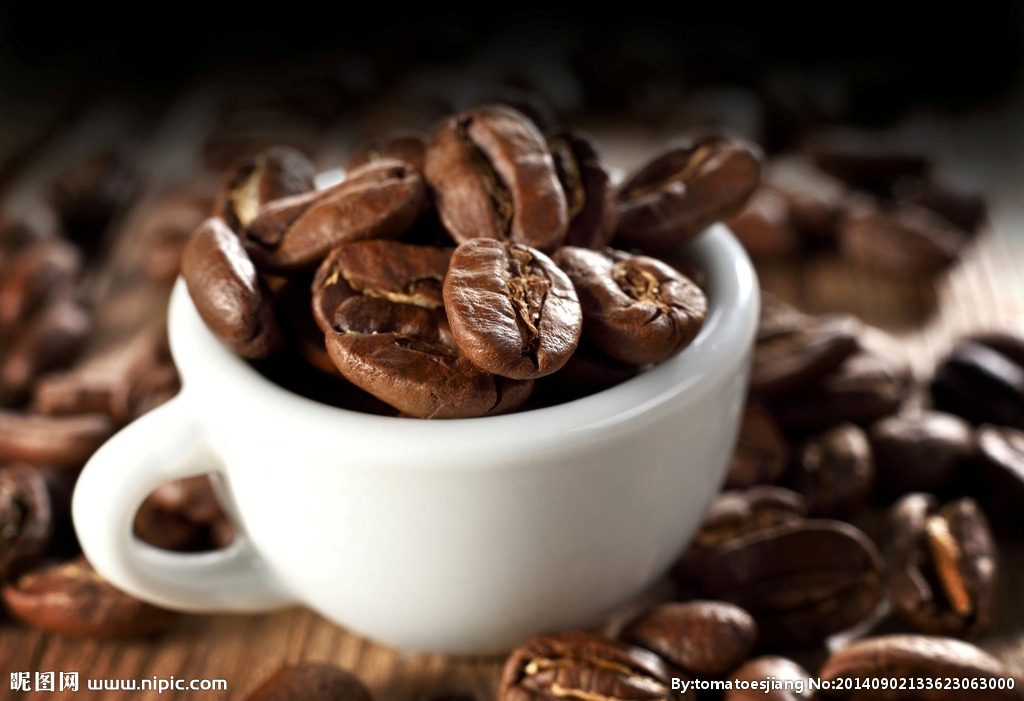The treatment method of Coffee Fruit-- the introduction of Solar method and its difference from Water washing method
The solarization process can also be called a natural process, which is basically the oldest, simplest, and requires the least mechanical tools.
The first step is to sort and clean it up first. Immature, overripe, damaged coffee fruits will be singled out first. At the same time, the branches, leaves, mud and stones mixed in the fruit will also be removed. Sieves are usually used to deal with this preliminary classification.
Coffee fruit is dried in the sun, usually on concrete floor or on tall straw mats. The process of solarization is about 3-4 weeks. During the sun drying, a rake will be used to turn the coffee fruit several times to heat it and prevent the flesh from getting moldy. In the evening, it should be covered to reduce the moisture caused by morning dew. When the fruit has a moisture content of 12.5%, the coffee fruit is collected and stored in a storage bucket. Before being exported, the coffee fruit will go through the sheller to remove the sun-dried peel, pulp, parchment and silver skin at once. Finally, coffee beans will be graded and packaged manually or by machine.
Excessive sun-drying of coffee fruit will cause coffee beans to break more easily, resulting in too many bad beans. On the other hand, coffee fruits with too little sun are more prone to decay and insect pests because of their high water content.
The sun-drying coffee program is widely used in coffee exporting countries in Brazil, Africa and Asia. Sun-dried coffee beans make the coffee taste mellow and full-bodied. After the sun, the color of coffee beans will be more light green to light brown. Sun-treated coffee is characterized by strong and smooth taste and sweet fruit.
Source:
Blog of Fujian Damei Coffee
Important Notice :
前街咖啡 FrontStreet Coffee has moved to new addredd:
FrontStreet Coffee Address: 315,Donghua East Road,GuangZhou
Tel:020 38364473
- Prev

The treatment method of Coffee Fruit-- the introduction of Water washing method and the difference between Water washing method and Solar method
When the coffee fruit is harvested from the mountain, the next step is to remove the peel and pulp of the coffee beans. There are two main ways of treatment: washing and solarization. But the ultimate determining factor is whether there is enough water to use. Some special boutique coffees are both insolated and washed. Washing requires the use of special machinery and equipment and adequate water sources.
- Next

On the introduction of Coffee terms: an in-depth understanding of Coffee
Caramelization tester: this is the baking degree index used in the United States. The baking degree is expressed from the shallowest 100 to the deepest 25, meaning (the baking degree is about Agtron50). The determination relies on a special chromatic aberration judgment called Agtron M-Basic. Arabica species: together with Robsta species and Leiberia species, they are called the three primary species of coffee. The original farming is the cloak.
Related
- What is the meaning of lactic acid fermentation with coffee bean treatment?
- How to judge the state of foam by sound?
- How does the latte pull out the unicorn pattern? Come to get for a little trick to improve the flower pull!
- Will flower pulling affect the taste of the latte?
- Do you know the history of coffee?
- The difference between honey treatment and sun washing what is raisin honey treatment?
- What kind of milk can a novice use to make coffee foam to keep the foam longer? The correct method and skills of milking tutorial sharing
- Why do washed coffee beans taste sour? Flavor characteristics of washed Coffee
- Introduction to the skill of how to practice the size and height of water injection around the circle of hand-brewed coffee
- How do beginners practice coffee flower drawing from scratch?

